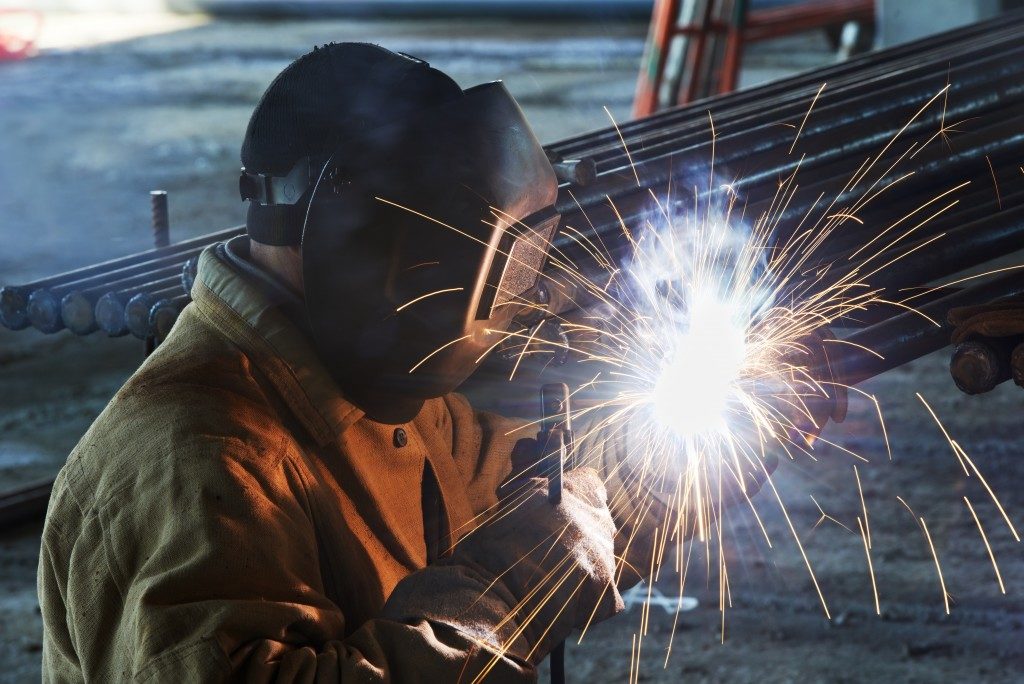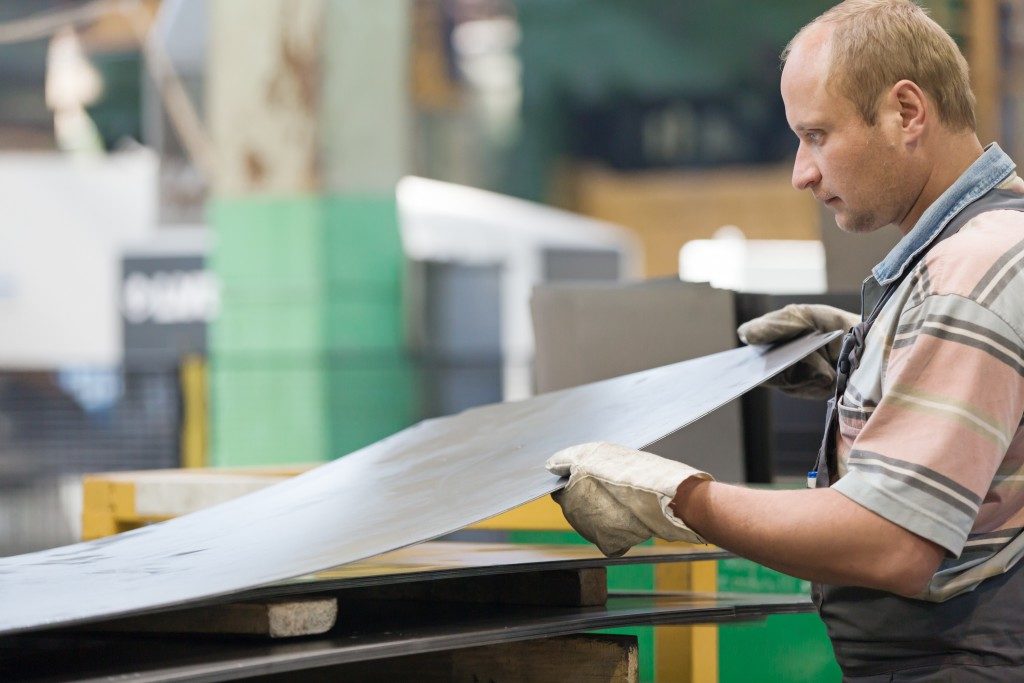In the modern world, it is almost impossible to come across any item not made of metal. If you look around the items in an environment, you will notice metal in furniture, utensils, or appliances. But metal in its natural form is not that useful. It needs to undergo different processes before it can be useful in daily applications. Metal fabrication is the process that transforms metal in its raw form before it can become useful. Here are the common processes in metal fabrication in Utah:
Cutting
This process involves the splitting of metal, sheets, or solid metal into multiple sections. The metal is often usually fresh and is being prepared for subsequent fabrication processes. It is also possible to cut finished metals into different sections. Some of the machinery that performs the cutting tasks include plasma torches and laser machines.
Folding
This fabrication process involves the manipulation of metal to take different shapes. The intended application for a certain metal determines the amount of folding and the angle of folding. Folding is quite a complex process and requires complex equipment for quality results. Sometimes, the folding process may include joining of different metal pieces.
Welding
Unlike cutting, where the main focus is to separate a metal sheet or piece into multiple sections, welding focuses on joining different metal pieces into one. Welding utilizes different welding techniques and equipment. The joining of metal pieces utilizes heat to melt and combine them in their molten state. Upon cooling, the different metal pieces join and form one unit.
Machining
This process involves the removal of parts of a metal piece. Machining occurs on a lathe machine that rotates the piece that requires machining. Machining often focuses on cutting or shaping a metal piece to a desired shape or size. You need to input machining requirements on the lathe before you can begin working on the metal piece.
Shearing
In some applications, it becomes necessary to cut metal sheets into long cuts. This cutting method is known as shearing. The metal sheet feeds into the cutting machine horizontally, or the cutting tool is placed vertically along the metal sheet length. Shearing is necessary when one needs to trim the metal sheet edges.
Stamping
If you have seen numbers, letters, or patterns on metal sheets, you have seen the result of stamping. Stamping is more like punching, only that the tool does not cut the metal piece and only lifts it. Stamping in metal is similar to engraving on materials such as wood or stone.
Casting

This is probably the oldest metal fabrication process. Casting involves melting metal and then pouring into a mold. The mold has a certain shape and size that the metal should take upon cooling. Casting is useful in applications where a fabricator needs to combine one or more fabrication processes.
Metal fabrication processes play a big role in transforming metal in its natural form into a usable one. Each of the metal fabrication process is unique in its nature and serves a different purpose. Metal fabricators utilize the different processes in metal fabrication to create meaningful pieces of metal.




